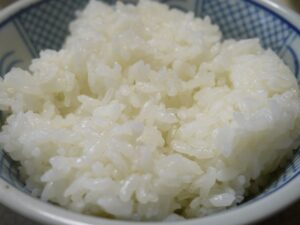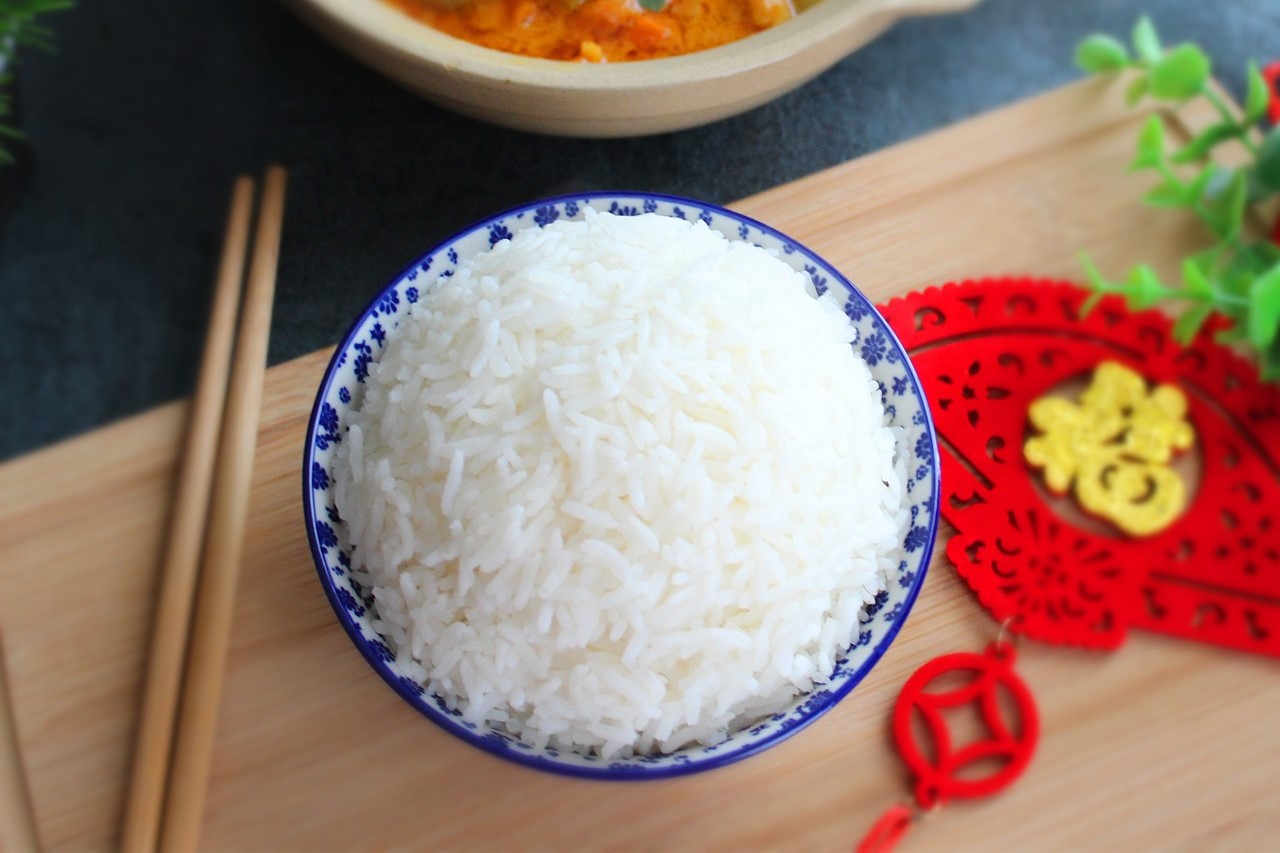Cooking white rice might seem simple, but achieving the perfect texture can often feel elusive. Whether you’ve dealt with mushy results or undercooked grains in the past, mastering the art of cooking white rice doesn’t have to be complicated. With a rice cooker, this process becomes nearly foolproof, letting you enjoy fluffy, fragrant, and delicious rice every time. This guide will walk you through every step, offering tips and tricks to ensure you get the most out of your rice cooker.
Why Use a Rice Cooker for White Rice?
Consistency and Convenience
Rice cookers are designed to make life easier. Instead of worrying about water ratios or constantly monitoring the pot, a rice cooker allows you to set it and forget it. It ensures consistent results by automatically adjusting the heat and time needed for perfect rice. No more burnt pots or overcooked grains!
Versatility Beyond White Rice
Modern rice cookers aren’t just for white rice. They’re versatile appliances capable of preparing other grains like quinoa, brown rice, and even steel-cut oats. Some models include settings for steaming vegetables, slow cooking, or making soups, making them a valuable addition to any kitchen.
Time and Energy Savings
Cooking rice on the stovetop requires attention and energy. A rice cooker simplifies this process by automating everything. Plus, it uses less electricity compared to a stove, making it an energy-efficient choice.

Choosing the Right Rice Cooker for White Rice
Types of Rice Cookers
How to Choose the Right Rice Cooker for You:
- Basic Models: Perfect for those who need an affordable option to cook simple dishes.
- Smart Cookers: Equipped with advanced features like fuzzy logic to adjust cooking settings for different grains and textures.
- Multi-functional Cookers: Ideal for those who want an all-in-one appliance for various dishes.
Features to Look For
To ensure you get the most out of your rice cooker, look for these key features:
- Capacity: Choose a size based on your household’s needs. Smaller models work well for singles or couples, while larger models cater to families or meal preppers.
- Keep-Warm Work: Keeps rice warm for hours without drying it out.
- Non-Stick Inner Pot: Makes cleaning a breeze.
- Preset Programs: For different types of rice, grains, and even porridges.
Preparing White Rice for Cooking
Selecting the Right Type of White Rice
White rice comes in different varieties, and each has unique properties:
- Short-Grain Rice: Sticky and ideal for sushi or rice puddings.
- Medium-Grain Rice: Slightly sticky, perfect for risottos or paella.
- Long-Grain Rice: Fluffy and separate, great for pilafs and biryanis.
Rinsing and Measuring
Rinsing rice is a critical step that’s often overlooked. It removes excess starch, ensuring that your rice doesn’t turn out overly sticky. Measure your rice using the cup provided with your rice cooker for accurate results.
Water-to-Rice Ratios
| Rice Type | Water Ratio (cups) | Cooking Time (minutes) |
|---|---|---|
| Short-grain | 1:1.25 | 15-20 |
| Medium-grain | 1:1.5 | 15-20 |
| Long-grain | 1:1.75 | 15-18 |
Step-by-Step Guide to Cooking White Rice in a Rice Cooker
Step 1: Measure the Rice and Water
Accurate measurements are key. Use the rice cooker’s provided measuring cup and follow the water-to-rice ratios listed above for your chosen rice type.
Step 2: Add Flavor (Optional)
For added flavor, consider these options:
- Salt for seasoning.
- Butter or oil for richness.
- Broth instead of water for enhanced taste.
Step 3: Start the Rice Cooker
Place the inner pot into the rice cooker, close the lid, and select the appropriate setting (e.g., “White Rice” or “Standard”). Avoid lifting the lid during cooking to maintain the correct steam and temperature levels.
Step 4: Let the Rice Rest
Once the rice cooker signals it’s done, let the rice rest for 5-10 minutes with the lid closed. This step allows the rice to absorb any remaining moisture and enhances its texture.
Step 5: Fluff and Serve
Use a rice paddle or fork to delicately cushion the rice some time recently serving. If you’re not eating it immediately, switch to the “Keep Warm” setting to maintain its temperature and texture.

Troubleshooting and Expert Tips
Avoiding Common Mistakes
- Not Rinsing the Rice: Leads to overly sticky or clumpy rice.
- Incorrect Water Ratios: Can result in dry or mushy rice.
- Lifting the Lid During Cooking: Disrupts the steam and heat balance, affecting the cooking process.
Enhancing Your Rice
- Add aromatics like garlic, onions, or inlet takes off amid cooking.
- Stir in cooked vegetables, nuts, or dried fruits for added texture and flavor.
- Use spices like turmeric or saffron for a colorful and fragrant twist.
FAQ: Cooking White Rice in a Rice Cooker
How much water should I use for white rice in a rice cooker?
The water-to-rice proportion depends on the sort of rice. For short-grain rice, use 1:1.25; for medium-grain, 1:1.5; and for long-grain, 1:1.75.
Should I rinse white rice before cooking?
Yes! Rinsing removes excess starch, resulting in fluffier, less sticky rice.
What is the cooking duration for white rice in a rice cooker?
Cooking times vary by model, but most types of white rice take 15-20 minutes.
Can I flavor white rice while cooking?
Absolutely! You can add salt, butter, spices, or even cook the rice in broth for a flavorful twist.
What should I do if my rice turns out too dry or mushy?
Adjust your water ratios for the next batch. Too dry? Add more water. Too mushy? Reduce the water slightly.
Conclusion: Mastering White Rice with Your Rice Cooker
Cooking white rice doesn’t have to be a challenge. With a rice cooker, you can achieve consistently perfect results every time. From selecting the right rice to enhancing its flavor with simple additions, this guide has equipped you with the tools and knowledge to elevate your rice game. Whether it’s for a quick weekday dinner or an elaborate feast, your rice cooker is a reliable kitchen ally that simplifies cooking while delivering delicious results.
Call to Action: Are you ready to make perfectly cooked white rice? Try these tips and let us know your favorite rice cooker hacks in the comments below!

